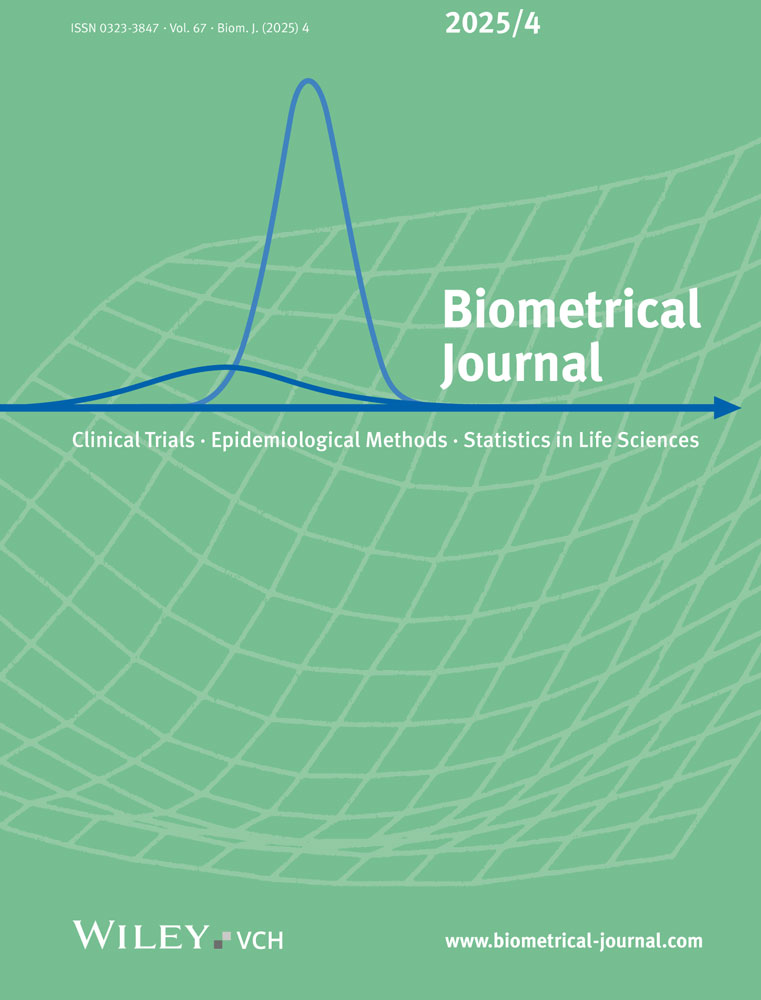Analysis of Line × Tester Progenies Compared in Orthogonally Supplemented Efficiency Balanced Incomplete Block Design
Abstract
An analysis of experimental design is suggested for comparing progenies of lineXtester mating system. The line × tester mating system is an expanded top-cross mating system, used frequently in practice. This system is of interest for breeders dealing with estimation and testing of general as well as specific combining abilities. In the suggested design, treatments, i.e. hybrids obtained in crosses, and testers are studied in orthogonally supplemented incomplete block design. Analysis of variance has been presented, estimators of expected values for progenies and for testers have been given, testing of hypotheses concerning contrasts of interest for progenies, lines and testers has been discussed. Estimators of effects of general and specific combining abilities as well as tests permitting for testing the significance of various genetic parameters, have also been given.




